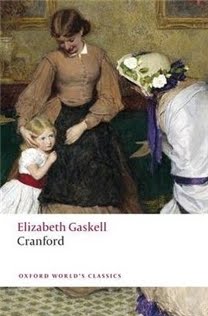
She strongly disapproved of George Eliot living with a man out of wedlock. She viewed the first moments of motherhood as the “acme of life” believing that women were generally happier when married, she encouraged a highly ambivalent Charlotte Brontë (the two were good friends) to accept the proposal of her father’s curate. She enjoyed her literary success and mixed with celebrated writers and thinkers, but her chatty, gossiping letters show that she was also immersed in the ordinary pleasures, burdens, and values of an upper-middle-class Victorian wife and mother. Elizabeth was gregarious and energetic, if often restless. Born in 1810 into a Unitarian family, she married, at twenty-one, a Reverend William Gaskell, with whom she raised four daughters. Gaskell, not to mention a man seventeen years her junior. Gaskell,” the honorific suggesting a matronly respectability incompatible with desire for any man who wasn’t Mr. Until late in the twentieth century, she was generally referred to as “Mrs. Gaskell’s image doesn’t easily admit the possibility of middle-aged sexual awakening.

Eliot, reviewing a collection of their letters, published in 1932, reassures his reader that Gaskell “thinks of Norton as a brother, an elder brother, to her girls.” Jenny Uglow, in her biography, from 1993, declares that “It would be too strong to say that Gaskell fell in love with Norton.” She was in love with Rome, Uglow explains, with Rome and with the person she had been when there: happy and dazzled, free of publishing deadlines and household duties. She reminisces about seeing his face for the first time and elsewhere tells him that, of all the men of her acquaintance, he is “the one to best appreciate women.” Despite such effusions, critics have stressed the platonic nature of Gaskell’s feelings for Norton.

(Norton would continue to write to Gaskell’s daughters until his own death, more than forty years later.) Gaskell’s letters to Norton are long and confiding, sometimes flirtatious, sometimes yearning. Their friendship continued after the Gaskells returned to Manchester and Norton to Boston, and lasted until Elizabeth’s death in 1865. He brought Elizabeth flowers nearly every day. He was charming and brilliant he took them sightseeing and taught them about painting and sculpture. Almost immediately, he became close to the three Gaskell women and, though he was far nearer to the daughters in age, to the mother in particular. One member of this circle was Charles Eliot Norton, the American social critic and future Harvard professor of art.

She brought her two eldest daughters, both in their early twenties, and the three of them were welcomed into the lively circle of British and American writers and artists staying in the city. Elizabeth Gaskell visited Rome for the first time in the spring of 1857.


 0 kommentar(er)
0 kommentar(er)
